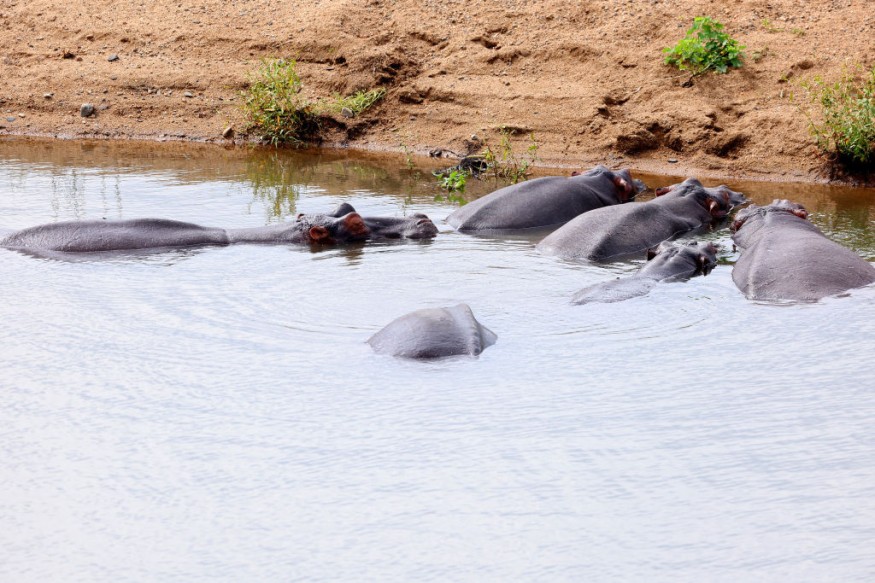Animals have been studied by zoologists and other scientists to further understand their nature and even protect them from the brink of extinction. However, it appeared that there are still things that we do not know about both known and unknown animals. This year alone, scientists have discovered different aspects of animals, including physical and behavioral traits, that were never seen before.
Animal Facts Discovery

As research continues to examine different living organisms in the taxonomical database, we have witnessed several cases of bizarre news relating to animals this year alone, surprising not only the public but also scientists as well.
Live Science earlier this week compiled 12 bizarre animal facts that we learned in 2022. Below are some of the following stories.
Chimpanzees Treat Their Kin's Wounds
Scientists in February announced that they have discovered not only that chimpanzees treat their own wounds but also do the same to others. The said behavior was long-assumed to be only reserved for Homo Sapiens but it seems the behavior of caring for others within one's own community have deeper roots in relation to evolution, according to the Smithsonian Magazine.
Bees Could Change the Weather
A study found that a honeybee swarm can produce atmospheric electricity equivalent to a thunderstorm. Its findings reveal the denser the cloud of bees, the greater the electrical field it can generate. The researchers clarify it is unlikely the pollinators are literally producing lightning storms, but they can still bring other effects on the weather.
Self-Destructing Octopus Mom
Most octopus moms are capable of self-destructing after their laid eggs hatched. Scientists found the octopus parent will abandon their younglings and begin to rip their self apart, even attempting to eat their own flesh. Experts the said behavior is due to biological changes occurring inside an octopus mom's body after giving birth.
Dolphins Drink Each Other's Urine
A study earlier this year said bottlenose dolphins are capable of drinking or tasting the urine of their peers. The seemingly strange behavior reportedly aims to identify the identity of one another. Known for their intelligence, the dolphins can quickly recognize friend from foes.
Rapid Evolution of Chernobyl Frogs
Chernobyl frogs, which have high concentrations of the dark pigment color melanin, were found to be more likely to survive than other frogs with a yellowish color, according to a recent study. Its research team suggested the frog's dark skin could protect the amphibians from the damaging effects of radiation.
Male Spiders Escape from Murderous Females
A study showed that a male orb-weaving spider will launch his body into the air for the sake of evading a female, who could make him a meal, according to a new study. Researchers said its have unraveled how the mechanism in the legs of the spiders.
Hippo Poop Tornado
Hippos engaged in the apparent acts of protecting their territory by releasing a 'tornado poop' or spray of dung into the air, according to a study earlier this year which was also covered by Nature World News. Researchers involved in the study also found the wild animals also display such behavior when encountering unfamiliar hippos.
© 2025 NatureWorldNews.com All rights reserved. Do not reproduce without permission.





